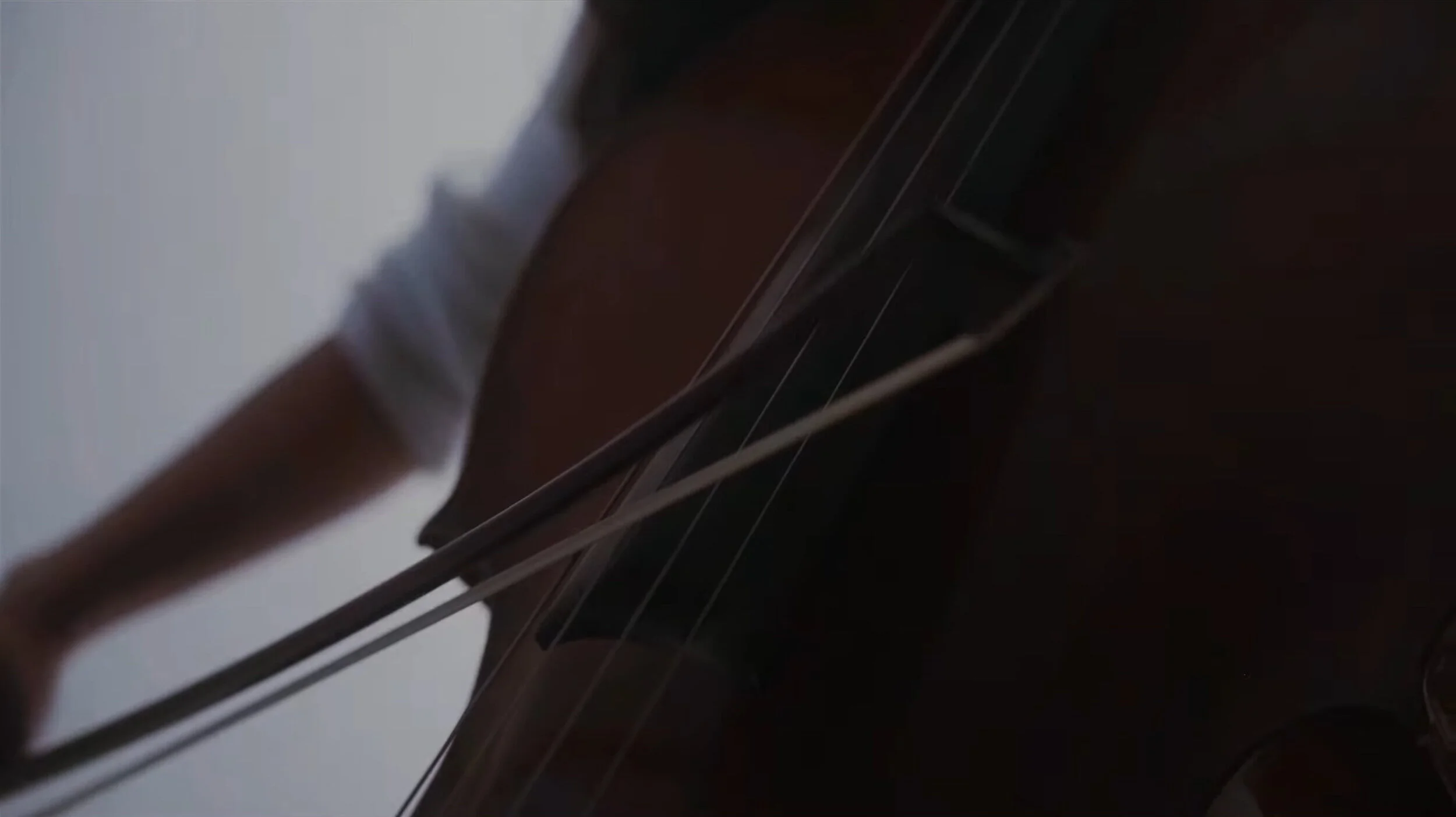Celeste Forma
ensemble Bergamot Quartet
written spring-summer 2020
duration 15 minutes
Written for the Bergamot Quartet in collaboration with the Space Telescope Science Institute
Supported by funding from the Awesome Foundation, the Jersey City Arts Council, and the Maryland State Arts Council Creativity Grant
Winner of the 2021 Emil and Ruth Beyer Composition Award, Chamber Music Division
Finalist for the 2021 ASCAP Morton Gould Young Composers Award
I’d put off writing a string quartet for some time after deciding to be a composer. An infamously intimidating ensemble to write for, one full of astonishing repertoire, the string quartet also carried a certain connotation to me of needing to be a composer’s ‘purest’ work: that somehow, a string quartet ought to represent one’s entire artistic credo. This apparent contradiction of needing to force an entire universe into the intimate confines of four strings proved a considerable obstacle to contend with.
This paradox, however, would unexpectedly serve as a point of inspiration: what if one were to try and convey the scale and beauty of the literal universe through the conduit of a string quartet? The idea would gradually evolve into a multimedia collaboration with the extraordinary Bergamot Quartet and the Space Telescope Science Institute (STScI).
The resulting piece, Celeste Forma, is about the process by which stars form. The music begins nebulous and hazy, depicting the floating emptiness of the void. Slowly, as dust particles gravitate toward one another, the music increases in activity and introduces a three note, rising stepwise ostinato. Eventually, these swirling dust clouds collapse into protostars, and the viola introduces a hymn-like melody to herald the event. The music continues to intensify as infalling matter increases the protostar’s size, evolving into a rapid series of sequential modulations. The hymn reappears, threadlike and inchoate. As the protostar reaches T-Tauri phase and becomes increasingly unstable, the music disintegrates into violent slashes and scratchy effects. Finally, once enough mass has been cast off, the star stabilizes into its main sequence. The viola’s hymn recurs once more, this time in numinous grandeur. Stars begin to emerge throughout the universe - they are as terrifying as they are beautiful. The piece culminates in a grandiose, incandescent C major chord to celebrate the birth of the stars.
This piece would not have been possible without the work of the Bergamot Quartet and STScI. Both brought a collaborative generosity that was as humbling as it was invigorating, remaining constantly communicative and supportive even in the midst of the coronavirus pandemic. For that I am incredibly grateful.
